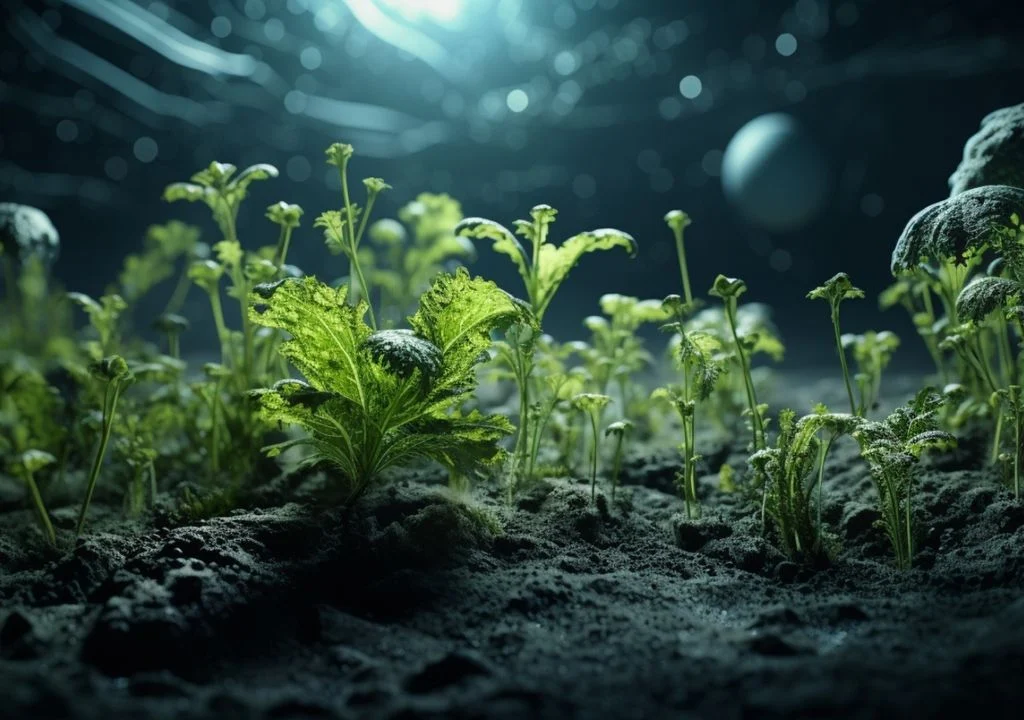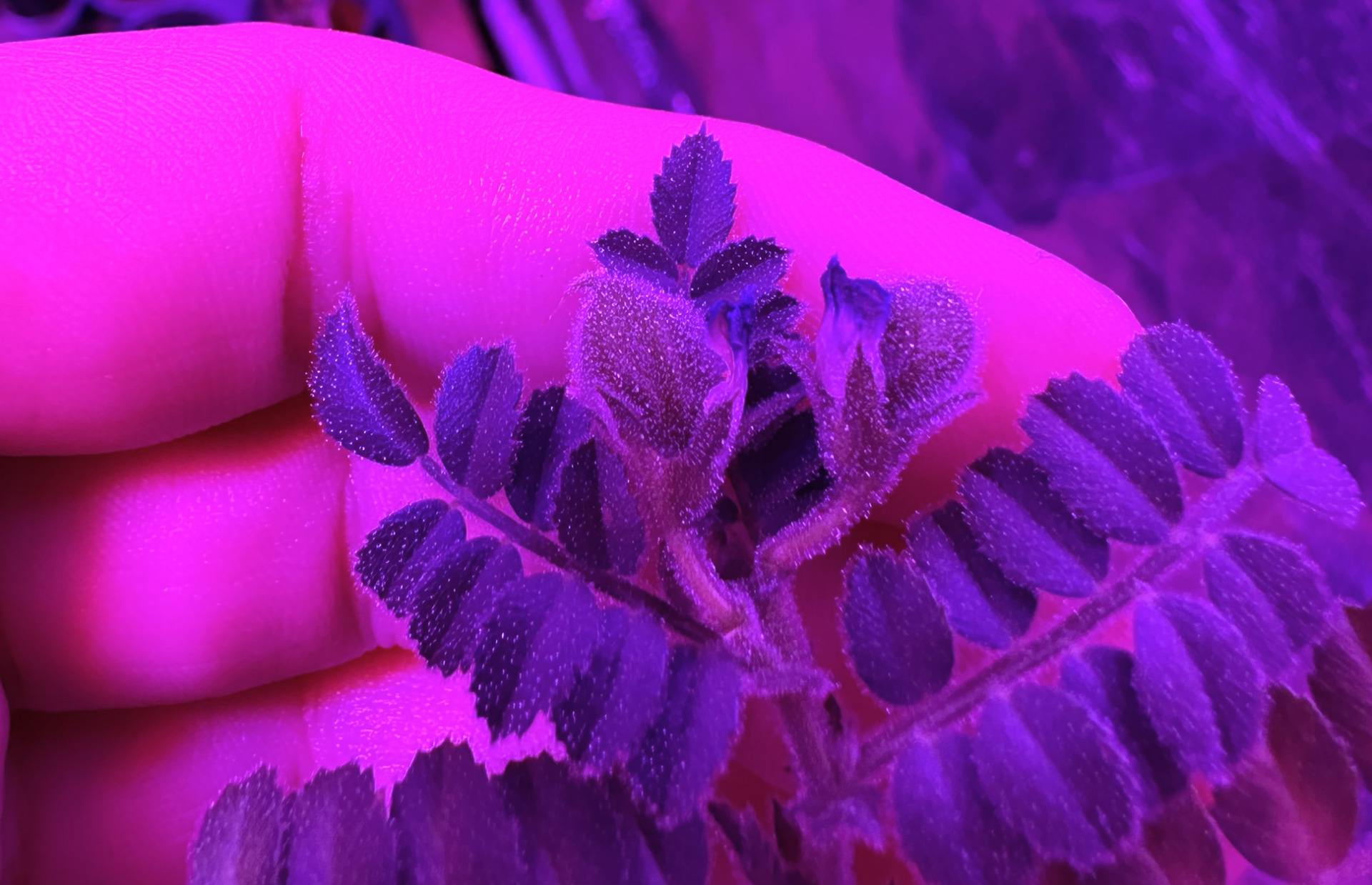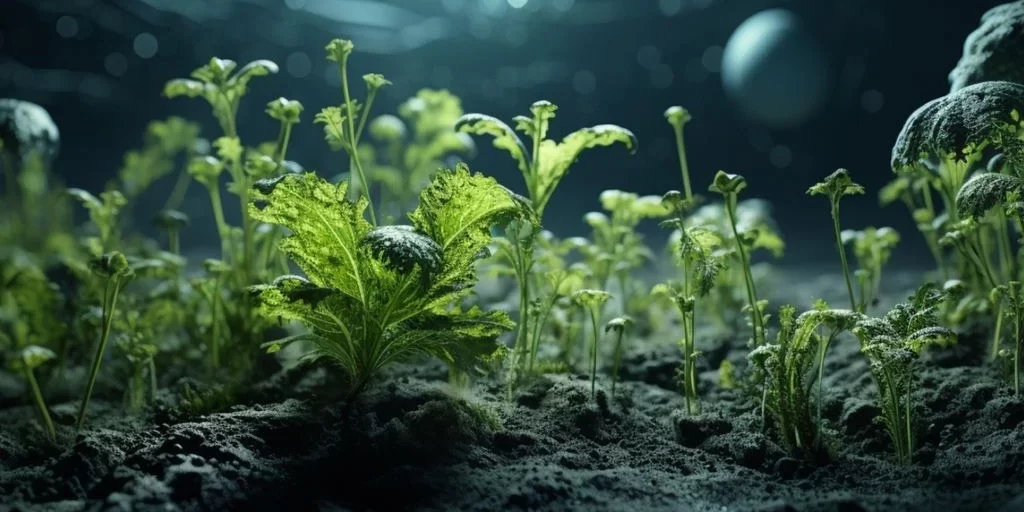An experiment with chickpea seeds shows that plants can grow on the Moon despite the challenges. This finding suggests the possibility of extraterrestrial crops that would support long-duration space missions.

A recent scientific study has investigated how seeds would develop on the surface of the Moon. The result has been a resounding success, as the cultivation of chickpeas in lunar regolith simulators (LRS) has thrived remarkably. This milestone, led by researchers from Texas A&M and Brown University, paves the way for the possibility of growing food in extraterrestrial environments.
The findings of this research are overwhelming and revolutionary for developing more efficient methods of food cultivation using extraterrestrial resources. The successful growth of seeds in a lunar surface simulator is an unprecedented discovery, vital for the advancement of space programs such as NASA’s Artemis, which aims to return astronauts to the lunar surface.
Jessica Atkin, the lead author of the study, Texas A&M Grad Student explains how, on Earth, the soil is filled with nutrient-rich organic matter and microorganisms that promote plant growth. On the Moon, the challenges for plant growth are constant: these elements are missing, and gravity, radiation, and toxic elements change.
To conduct the study, the researchers compared the relationship between vermicompost (VC) and arbuscular mycorrhizal fungi (AMF) with the aim of creating a structure that simulated a productive lunar surface (LSR) for the successful cultivation of chickpeas (Cicer arietinum).
The experiments were scheduled to continue for 120 days, but the results were astonishing, and the seeds had fully grown by day 16. Not only that, but they continued to grow until week 11.

Courtesy of Jessica Atkin Seed-innoculated
Despite the results, all plants showed signs of chlorophyll deficiency, the vital pigment for photosynthesis that absorbs sunlight. Nonetheless, researchers observed an improvement from the seventh week, attributed to the successful inoculation of the incorporated arbuscular mycorrhizal fungi (AMF).
It marks a before and after in the exploration and sustainable colonization of space. Demonstrating the viability of food cultivation in extraterrestrial environments using innovative techniques and resources available on the Moon opens new frontiers in space research and human survival beyond Earth.
Source: Kay Ledbetter AgrilifeTODAY Texas.


